Home>Dining>Table Decor>What Type Of Screws Are Used To Attach Legs Of A Queen Anne Style Table?
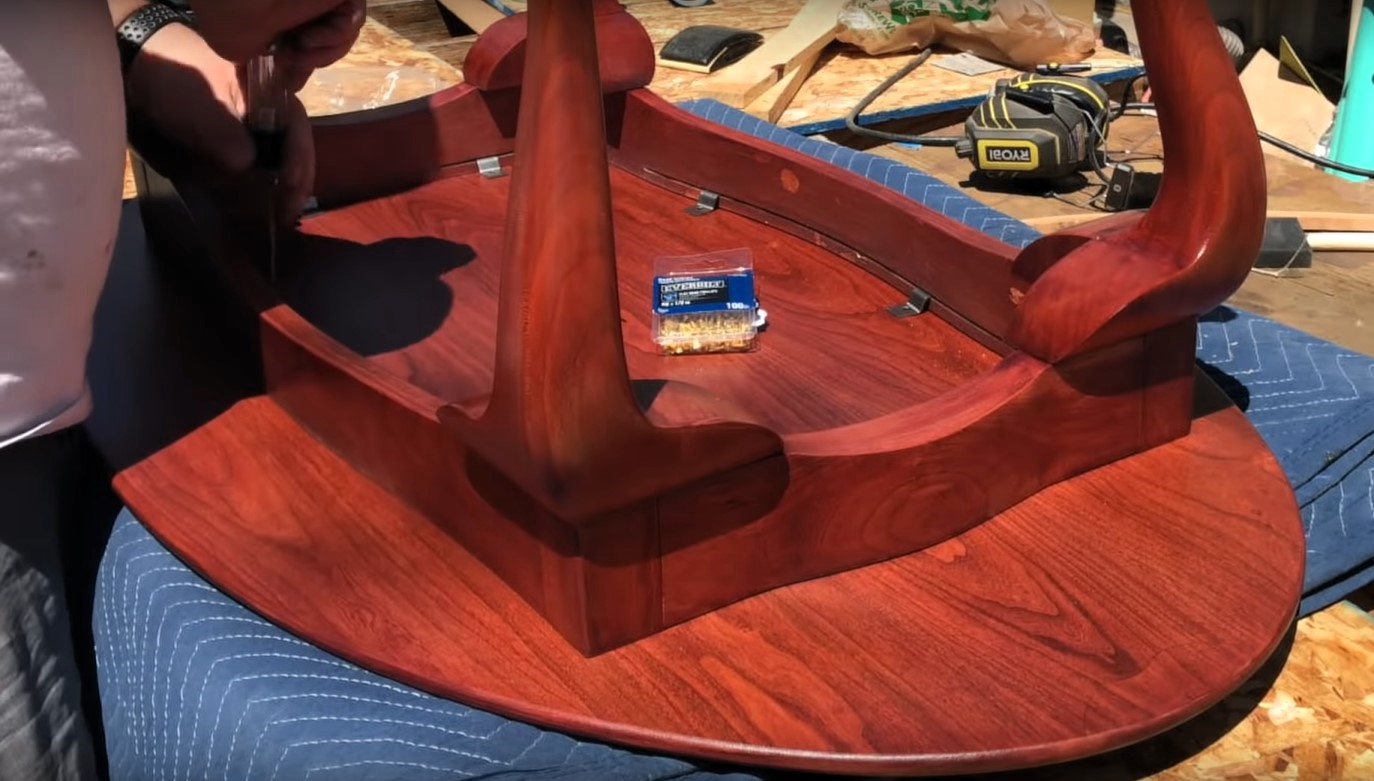

Table Decor
What Type Of Screws Are Used To Attach Legs Of A Queen Anne Style Table?
Modified: December 7, 2023
Discover the perfect screws for securing legs to your Queen Anne style table. Enhance your table decor with the right hardware for stability and style.
(Many of the links in this article redirect to a specific reviewed product. Your purchase of these products through affiliate links helps to generate commission for Storables.com, at no extra cost. Learn more)
Introduction
The Queen Anne style table is a classic piece of furniture that exudes elegance and sophistication. Known for its graceful curves, cabriole legs, and intricate details, this style of table is often a focal point in any room. One important aspect of building a Queen Anne style table is attaching the legs securely to the tabletop.
Choosing the right screws for this task is crucial to ensure the stability and longevity of the table. In this article, we will explore the different types of screws commonly used to attach legs to a Queen Anne style table and provide insights on determining the appropriate screw size.
Whether you are a furniture enthusiast or a woodworking enthusiast, understanding the intricacies of attaching legs to a Queen Anne style table will enable you to appreciate the craftsmanship and attention to detail that goes into creating these timeless pieces.
Key Takeaways:
- Choose the right screws, such as traditional Philip’s head or modern square drive, to securely attach legs to a Queen Anne style table. Consider factors like grip, cam-out, and torque for a stable and durable connection.
- When determining the screw size for attaching legs to a Queen Anne style table, consider factors like length, diameter, and material type. Consult a screw sizing chart for guidance and ensure a secure and stable attachment.
Read more: How To Attach Mission Style Table Legs
The Queen Anne Style Table
The Queen Anne style table originated in the early 18th century during the reign of Queen Anne of England. It is characterized by its graceful and curvaceous lines, including the use of cabriole legs, which curve outward at the top and inward at the bottom. These legs are often adorned with intricate carvings or decorative elements like the iconic ball-and-claw feet.
Queen Anne style tables are typically made from fine woods like mahogany or cherry, which adds to their luxurious appeal. The tabletop is often rectangular or oval-shaped, featuring smooth edges and gently curved corners. The overall design of the table is understated yet refined, making it a timeless addition to any home or office.
These tables were originally crafted by skilled cabinetmakers who paid great attention to detail and craftsmanship. Each table was meticulously constructed using traditional joinery techniques, ensuring both durability and visual appeal. Today, the Queen Anne style remains popular due to its versatility and ability to blend seamlessly with a variety of interior design styles.
Attaching the legs to a Queen Anne style table requires precision and careful consideration. The right choice of screws is crucial to ensure that the legs are securely fastened, providing stability and longevity to the piece.
Attaching Legs to a Queen Anne Style Table
Attaching the legs to a Queen Anne style table is a critical step in the construction process. Properly secured legs not only ensure the stability of the table but also contribute to its aesthetic appeal. There are specific techniques and considerations when it comes to attaching legs to a Queen Anne style table.
First, it is important to determine the correct placement of the legs on the tabletop. The legs should be positioned evenly and symmetrical to maintain balance and stability. Marking out the correct locations for the legs and ensuring precise alignment is essential before moving forward with the attachment process.
Next, the legs are typically attached to the underside of the tabletop using screws. It is crucial to select screws that are appropriate for this task and can securely hold the weight of the table. The type and size of the screws may vary depending on the materials used and personal preferences of the woodworker.
Another factor to consider is the presence of corner brackets or brackets connecting the legs. These brackets further reinforce the attachment, providing additional strength and stability to the table. They are typically secured to both the legs and the tabletop using screws, creating a solid connection.
Once the legs are positioned correctly and the screws are selected, the attachment process can begin. Pre-drilling pilot holes is a recommended step to prevent the wood from splitting when inserting the screws. Care should be taken to align the holes properly with the chosen attachment points on both the legs and the tabletop.
Finally, the screws are inserted into the pilot holes and tightened securely. It is essential not to overtighten the screws, as this can cause damage to the wood or compromise the structural integrity of the table. Striking the right balance between a secure attachment and not over-stressing the wood is key.
By following these steps and employing proper techniques, the legs of a Queen Anne style table can be securely attached, ensuring its stability and longevity. This meticulous process exemplifies the craftsmanship and attention to detail that defines the Queen Anne style.
Types of Screws used to Attach Legs
When it comes to attaching the legs to a Queen Anne style table, there are two commonly used types of screws: traditional Philip’s head screws and modern square drive screws. Each type has its own advantages and considerations, and the choice often depends on personal preference and the specific requirements of the project.
Traditional Philip’s Head Screws: These screws feature a cross-shaped indentation on the head that requires a Philip’s head screwdriver to tighten or loosen them. Philip’s head screws have been widely used in woodworking for many years and are readily available in various sizes and lengths.
One advantage of Philip’s head screws is their familiarity and ease of use. Many woodworkers are comfortable working with this type of screw and have the appropriate tools readily available. Additionally, the cross-shaped indentation provides a good amount of grip, allowing for relatively secure fastening.
However, one drawback of Philip’s head screws is their susceptibility to cam-out, where the screwdriver slips out of the screw’s head. This can occur when excessive force is applied or if the screwdriver is not precisely aligned with the screw. Cam-out can lead to damage to the screw head and make further tightening or removal challenging.
Modern Square Drive Screws: Square drive screws, also known as Robertson screws, have a square-shaped socket on the head that requires a corresponding square drive bit to tighten or loosen them. These screws offer several advantages over traditional Philip’s head screws.
One significant advantage is enhanced grip and reduced likelihood of cam-out. The square-shaped socket provides a more secure connection with the screwdriver, reducing the chances of slippage. This makes it easier to apply the necessary torque without worrying about damaging the screw head.
Another benefit of square drive screws is the ability to handle higher torque without stripping the head. The square-shaped socket allows for greater force transmission, making them ideal for applications where a strong and secure attachment is required.
However, one consideration with square drive screws is their slightly less common availability compared to Philip’s head screws. While they are still readily available at most hardware stores, some woodworkers may prefer the familiarity and wider range of options associated with traditional Philip’s head screws.
Ultimately, the choice between Philip’s head screws and square drive screws depends on personal preference, convenience, and the specific requirements of the project. Both types of screws can be used effectively to attach legs to a Queen Anne style table, ensuring stability and longevity.
When attaching the legs of a Queen Anne style table, use wood screws that are long enough to securely fasten the legs to the table frame, typically around 1-1/4 to 1-1/2 inches in length. Be sure to pre-drill pilot holes to prevent splitting the wood.
Traditional Philip’s Head Screws
Traditional Philip’s head screws have long been a staple in woodworking and are commonly used to attach legs to a Queen Anne style table. These screws feature a cross-shaped indentation on the head, which requires the use of a Philip’s head screwdriver for tightening or loosening.
One advantage of using traditional Philip’s head screws is their widespread availability. These screws come in various sizes and lengths and can be easily found at hardware stores or online suppliers. Woodworkers who are familiar with these screws often have the necessary tools readily available, making them a convenient choice.
Another benefit of Philip’s head screws is their ease of use. The cross-shaped indentation allows for a good amount of grip, making it relatively straightforward to drive the screws into the wood. Additionally, the design of Philip’s head screws allows for quick and efficient installation.
However, one consideration with traditional Philip’s head screws is their susceptibility to cam-out. Cam-out occurs when the screwdriver slips out of the screw’s head, usually due to excessive force or misalignment. This can result in damaged screw heads and frustration during the attachment process.
To prevent cam-out, it is important to use the right-sized screwdriver that fits snugly in the screw’s head. Applying consistent torque while keeping the screwdriver aligned with the screw is crucial to prevent slippage. Care should also be taken not to overtighten the screws, as this can cause damage to the wood or strip the screw threads.
Despite the potential challenges of cam-out, many woodworkers still prefer using traditional Philip’s head screws for attaching legs to a Queen Anne style table. Their familiarity, ease of use, and wide availability make them a reliable choice for woodworking projects.
When using Philip’s head screws, it is important to take precautions and use the correct techniques to ensure a secure attachment that will withstand the test of time. By following best practices, woodworkers can successfully attach legs to a Queen Anne style table with traditional Philip’s head screws, creating a sturdy foundation for the elegant piece of furniture.
Read more: What Are The Different Styles Of Table Legs?
Modern Square Drive Screws
Modern square drive screws, also known as Robertson screws, have gained popularity in recent years for their enhanced grip, reduced cam-out, and overall reliability. These screws feature a square-shaped socket on the head, which requires the use of a corresponding square drive bit for installation and removal.
One notable advantage of square drive screws is their superior grip compared to traditional Philip’s head screws. The square-shaped socket provides a more secure connection with the square drive bit, minimizing the chances of slippage during the attachment process. This allows for greater torque to be applied, resulting in a tighter and more secure fastening.
The reduced risk of cam-out is another significant benefit of square drive screws. Cam-out occurs when the screwdriver slips out of the screw’s head, often due to excessive force or misalignment. With square drive screws, the square-shaped socket provides a more reliable engagement with the drive bit, reducing the likelihood of cam-out and the associated frustrations.
Moreover, square drive screws are better equipped to handle higher torque without stripping the head. The square-shaped socket allows for a more efficient transfer of force, enabling woodworkers to apply greater pressure without worrying about damaging the screw head or deteriorating the connection. This makes square drive screws ideal for applications where a strong and secure attachment is crucial.
While square drive screws offer many advantages, it is worth noting that they may be slightly less common compared to traditional Philip’s head screws. However, they are still readily available at most hardware stores and easily accessible through online suppliers.
When using square drive screws to attach legs to a Queen Anne style table, it is important to ensure that the square drive bit is precisely aligned with the screw’s square-shaped socket. This will prevent any damage to the screw or the wood while tightening or removing the screws.
Overall, modern square drive screws provide woodworkers with enhanced grip, reduced cam-out, and the ability to handle higher torque. Their reliability and ease of use make them a popular choice for attaching legs to a Queen Anne style table, offering a secure and durable connection that will withstand the test of time.
Determining the Right Screw Size
Choosing the right screw size is essential when attaching legs to a Queen Anne style table. Using the wrong size screw can compromise the stability and structural integrity of the table. Determining the appropriate screw size depends on factors such as the thickness of the tabletop and the type of material used.
When selecting the screw size, the length should be long enough to penetrate through the leg and into the tabletop, providing a secure attachment. However, it is important to avoid choosing a screw that is too long, as it can come out through the top of the tabletop or create an unsightly protrusion.
Additionally, it is crucial to consider the diameter of the screw. The diameter should be proportionate to the thickness of the leg and the depth of the hole in the tabletop. Choosing a screw with a diameter that is too small can result in a weak attachment and potential wobbling. On the other hand, a screw with a diameter that is too large can split the leg or cause damage to the tabletop.
When determining the right screw size, it is advisable to consult a screw sizing chart. These charts provide guidelines based on the thickness of the material and the intended application. They indicate the recommended screw length and diameter, ensuring a proper fit and secure attachment.
As a general rule, longer screws are often required for thicker tabletops or when additional reinforcement, such as corner brackets, is used. Thinner tabletops may necessitate shorter screws that do not penetrate too deeply or risk damaging the surface.
Furthermore, it is crucial to consider the type of wood or material used. Some woods, like hardwoods, may require longer or thicker screws to ensure a strong connection. Softer woods, however, may require shorter screws to avoid splitting or damaging the material.
In summary, determining the right screw size involves considering the length and diameter in relation to the thickness of the tabletop and the type of material used. Consulting a screw sizing chart can provide valuable guidance in selecting the appropriate screw size for attaching legs to a Queen Anne style table. By choosing the right screw size, woodworkers can ensure a secure attachment that will withstand the test of time.
Conclusion
The process of attaching legs to a Queen Anne style table requires careful consideration and attention to detail. By selecting the appropriate screws, woodworkers can ensure a secure attachment that not only enhances the stability of the table but also contributes to its overall aesthetic appeal.
Traditional Philip’s head screws and modern square drive screws are the two commonly used types for attaching legs to a Queen Anne style table. Philip’s head screws offer familiarity and ease of use, while square drive screws provide enhanced grip, reduced cam-out, and the ability to handle higher torque.
Determining the right screw size is paramount to a successful attachment. Factors such as the thickness of the tabletop, the type of wood used, and the presence of additional reinforcement must be taken into account. Consulting a screw sizing chart can provide valuable guidance in choosing the appropriate screw length and diameter.
Attaching the legs to a Queen Anne style table is a meticulous process that exemplifies the craftsmanship and attention to detail that defines this classic furniture style. Properly securing the legs with the right screws ensures the longevity and stability of the table, allowing it to be enjoyed and admired for years to come.
Whether you are a woodworking enthusiast or simply appreciate the beauty of Queen Anne style furniture, understanding the techniques and considerations involved in attaching legs to a Queen Anne style table allows you to develop a deeper appreciation for these timeless pieces. So, go ahead and create your own stunning Queen Anne style table with the confidence of knowing how to securely attach the legs.
Frequently Asked Questions about What Type Of Screws Are Used To Attach Legs Of A Queen Anne Style Table?
Was this page helpful?
At Storables.com, we guarantee accurate and reliable information. Our content, validated by Expert Board Contributors, is crafted following stringent Editorial Policies. We're committed to providing you with well-researched, expert-backed insights for all your informational needs.
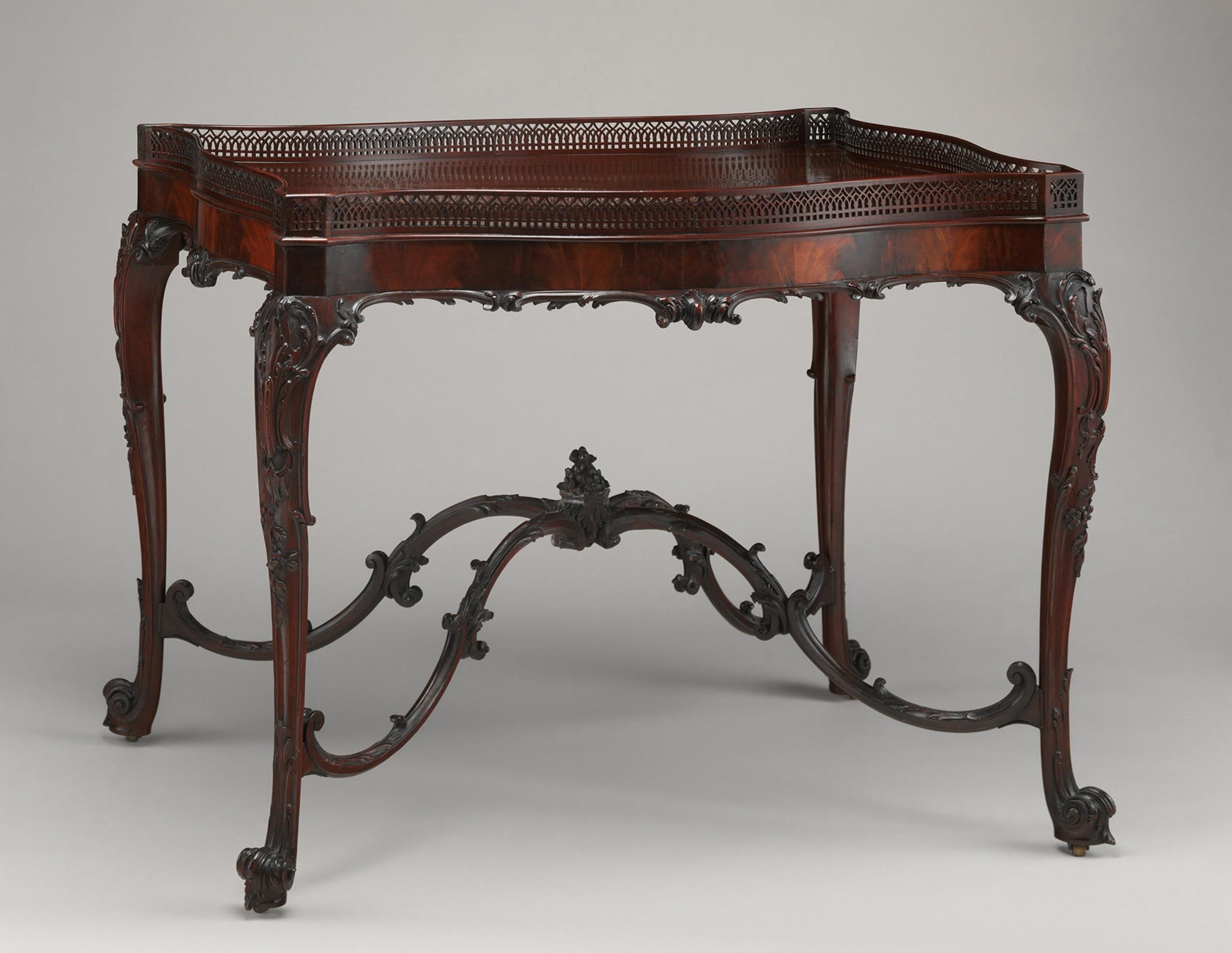
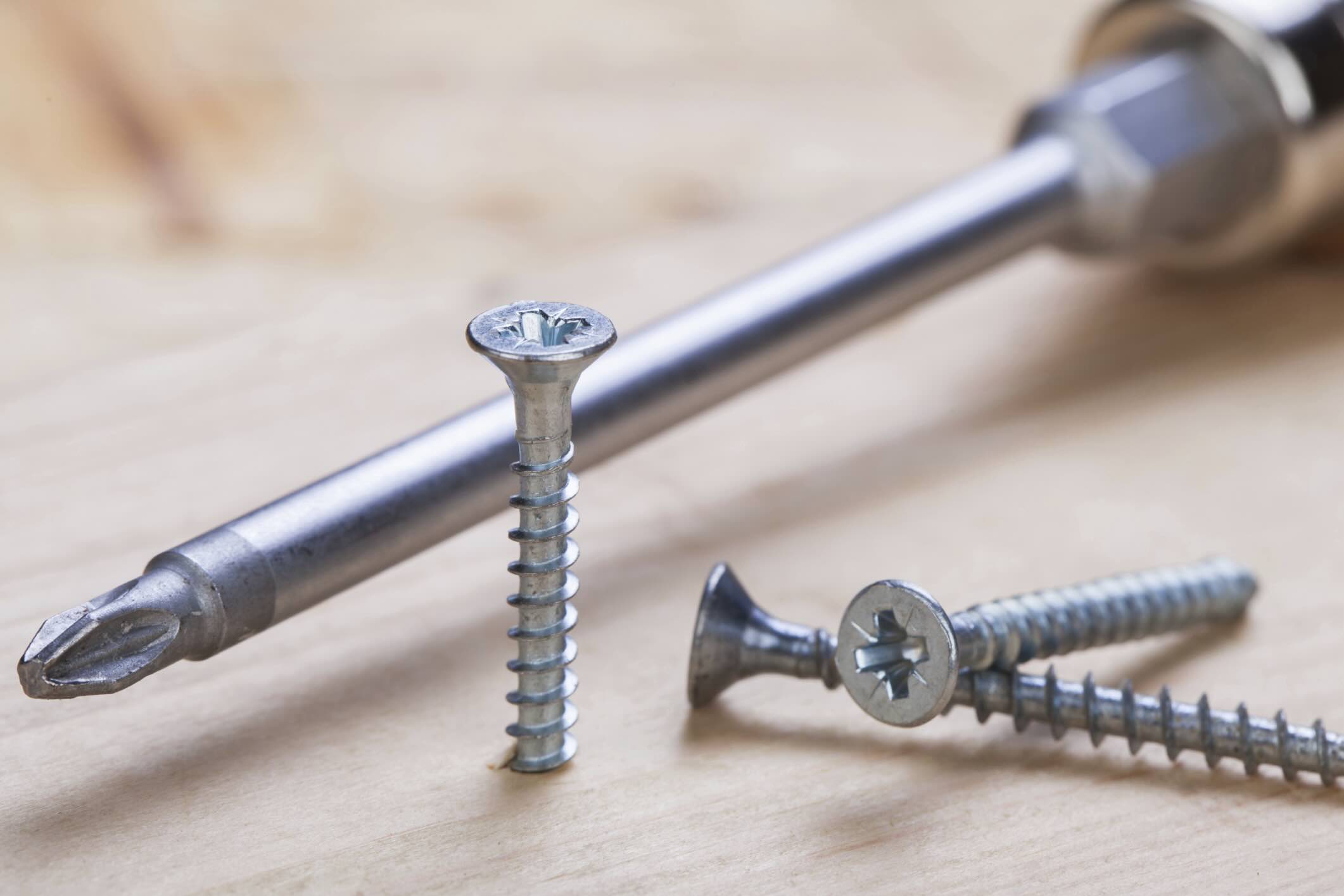
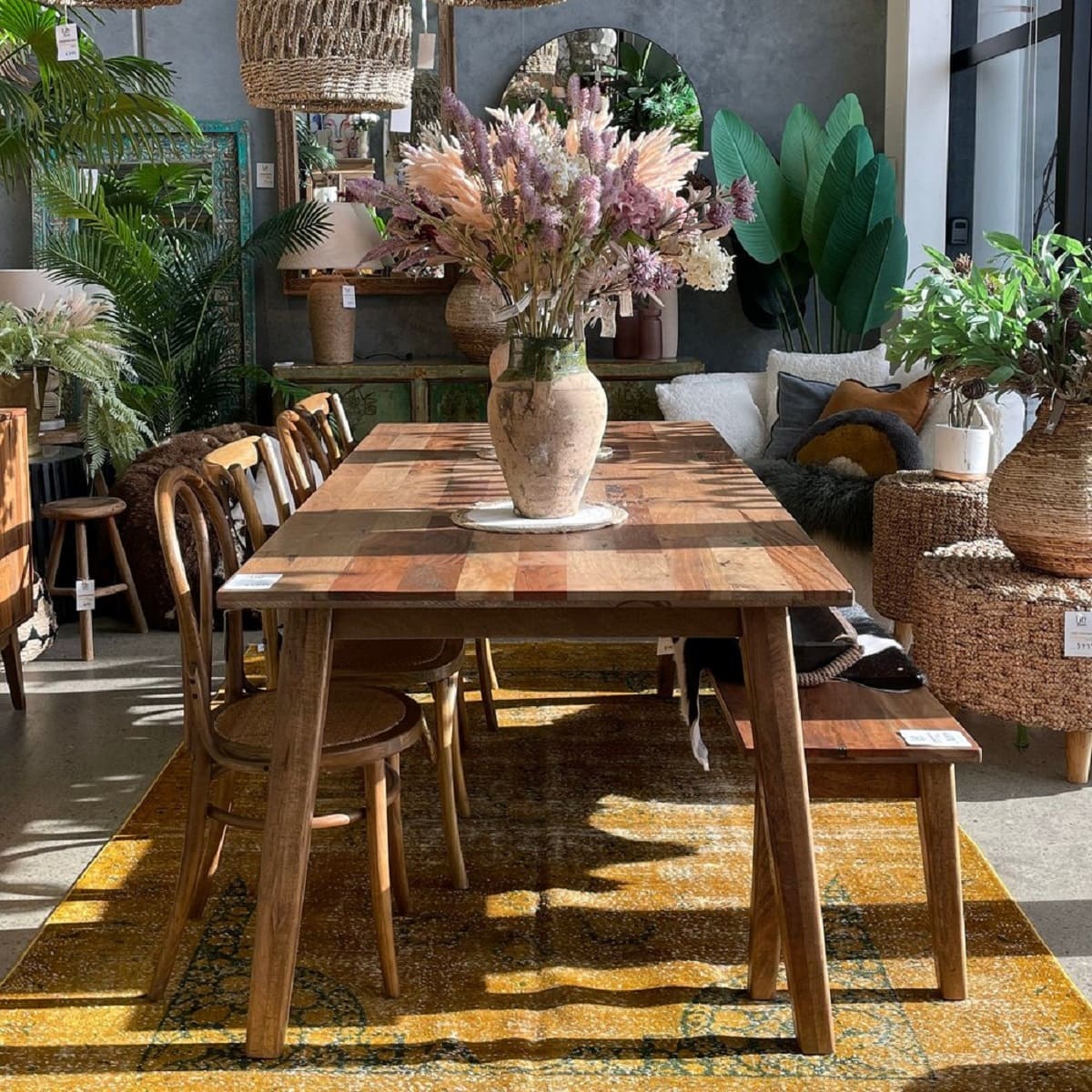
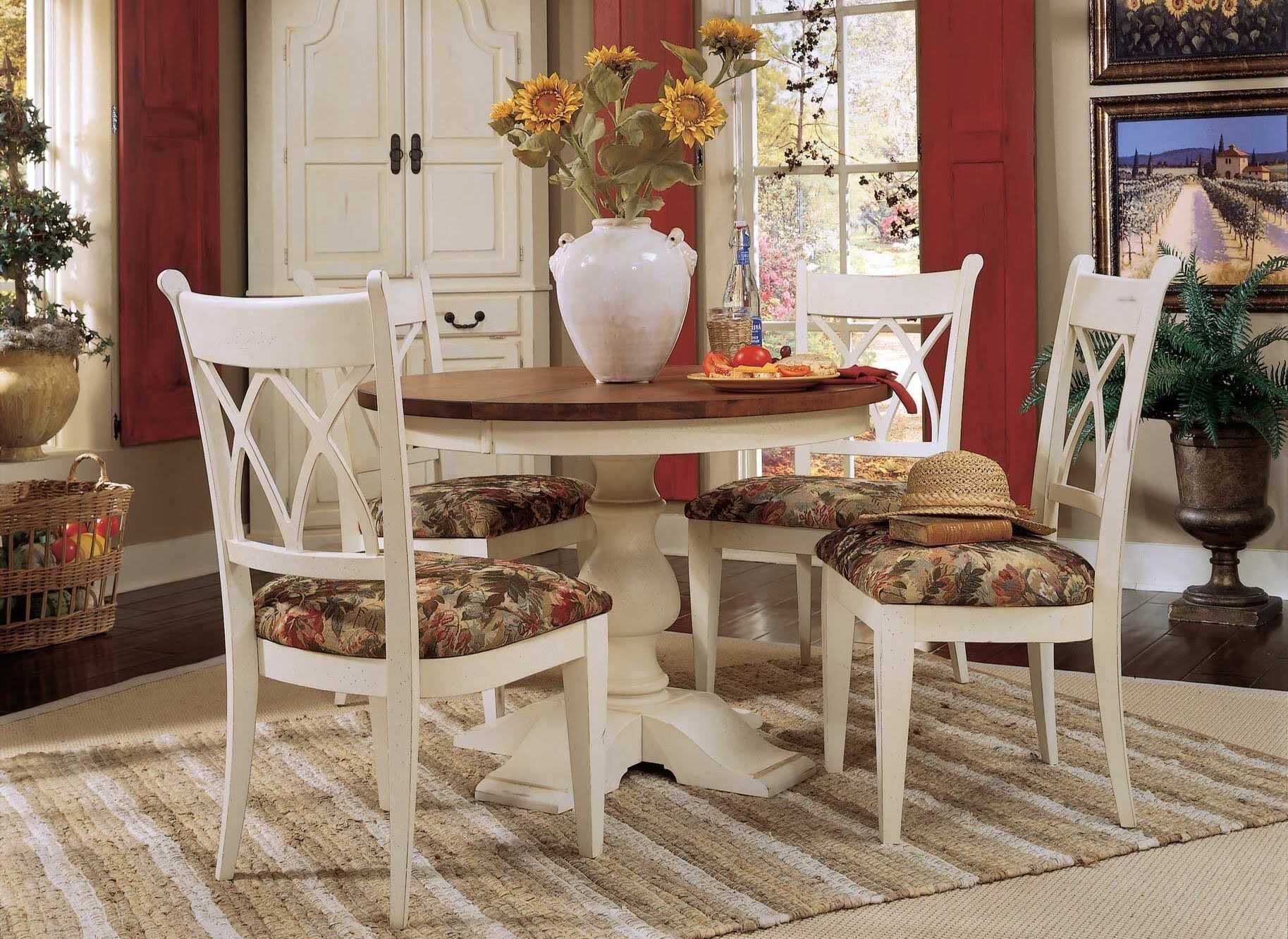
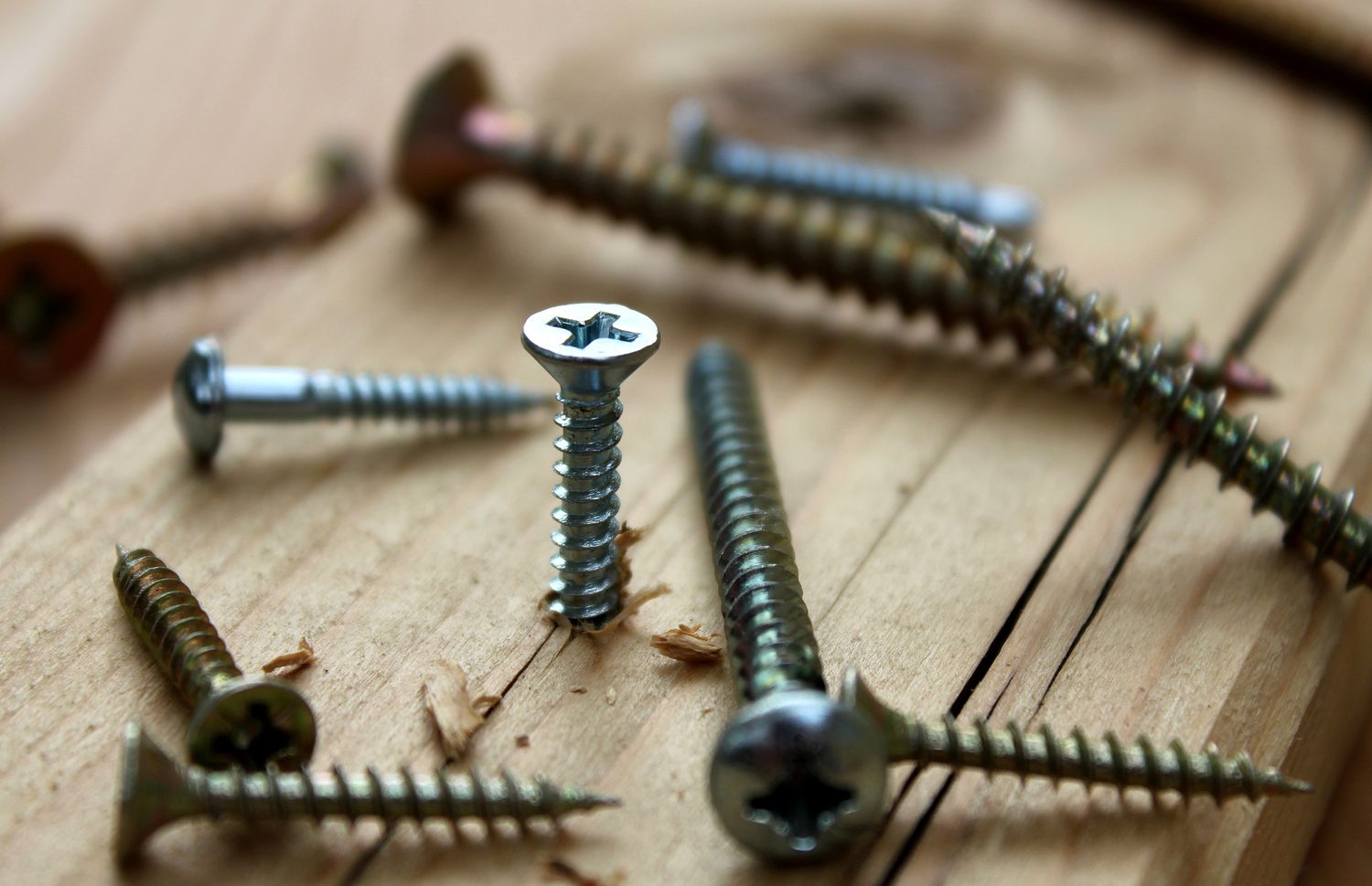
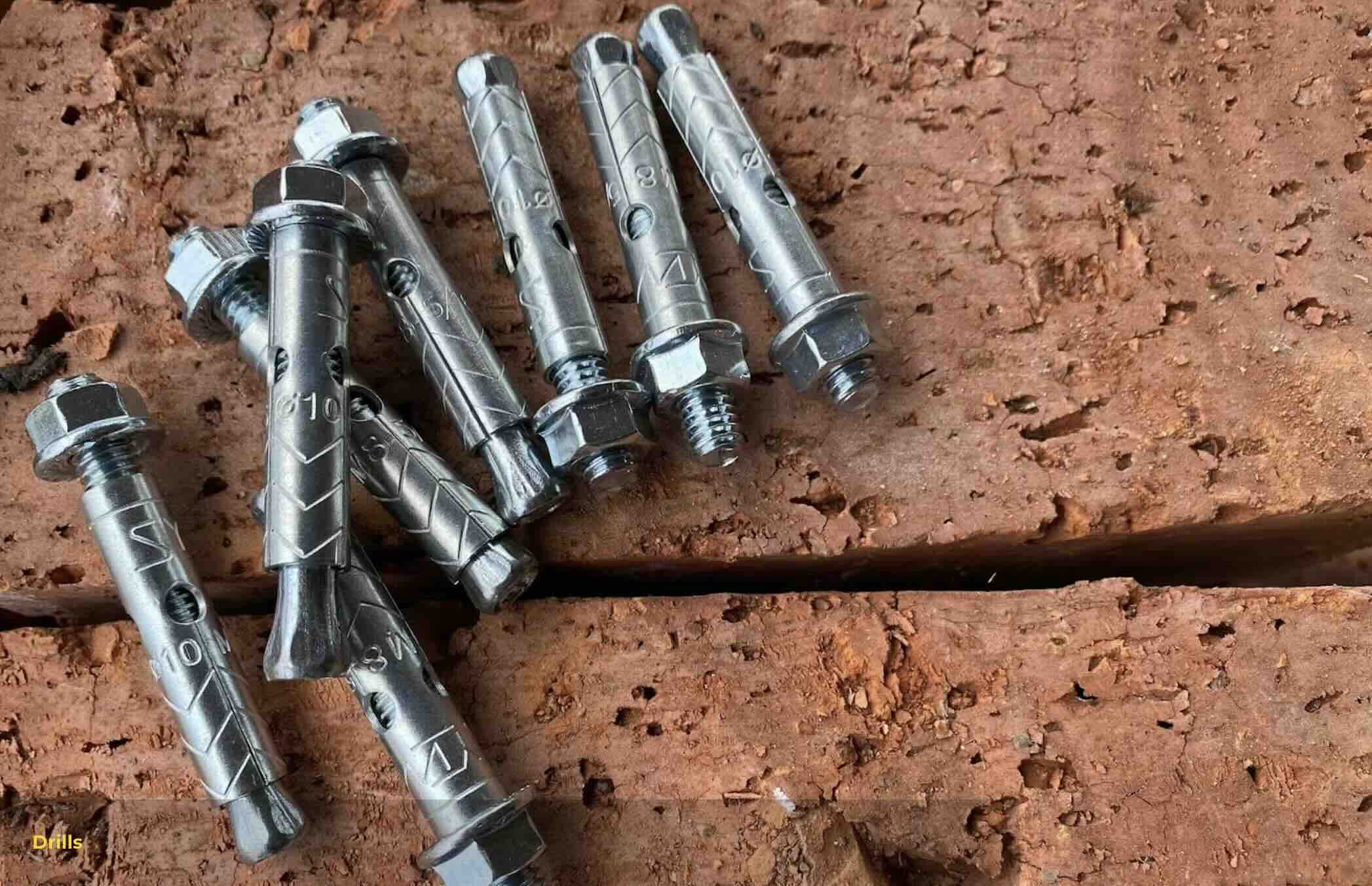
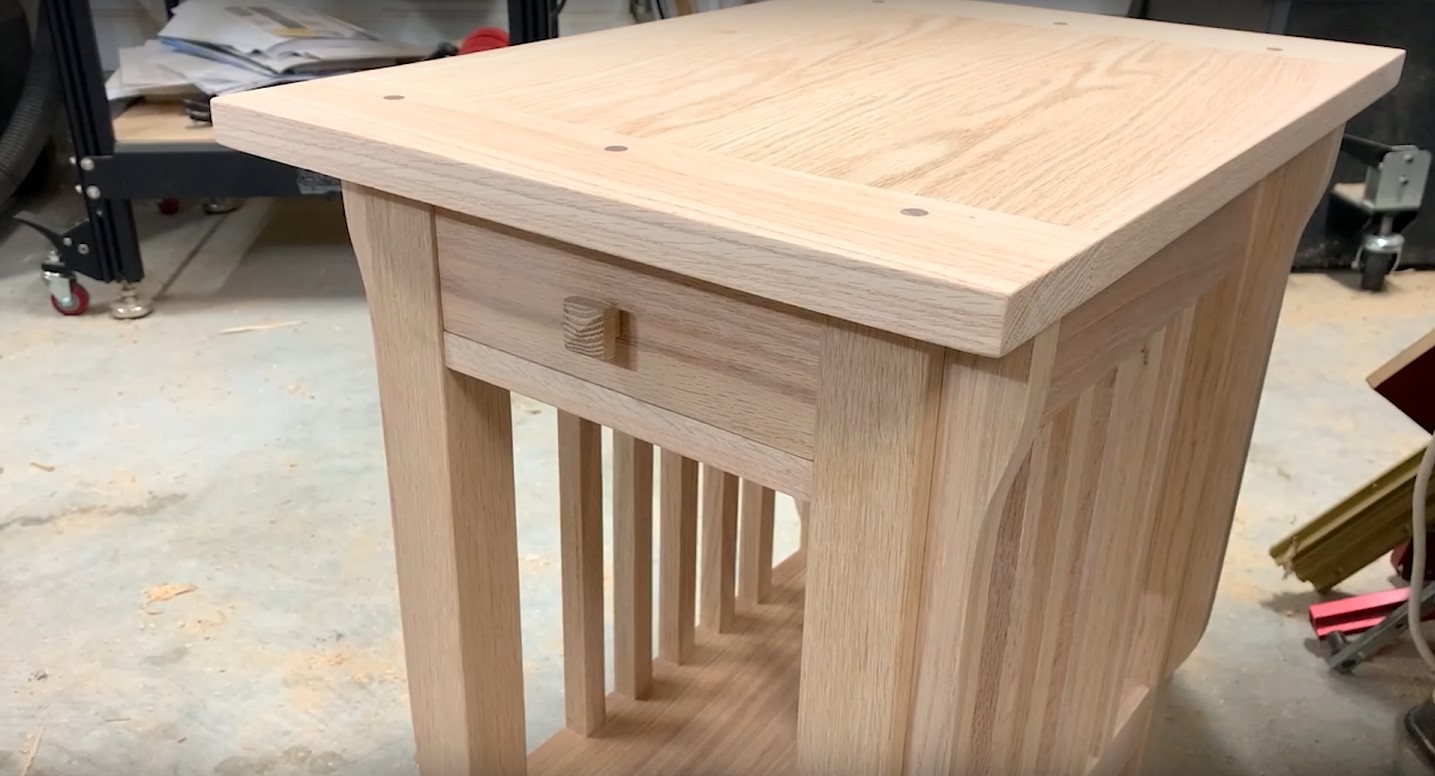
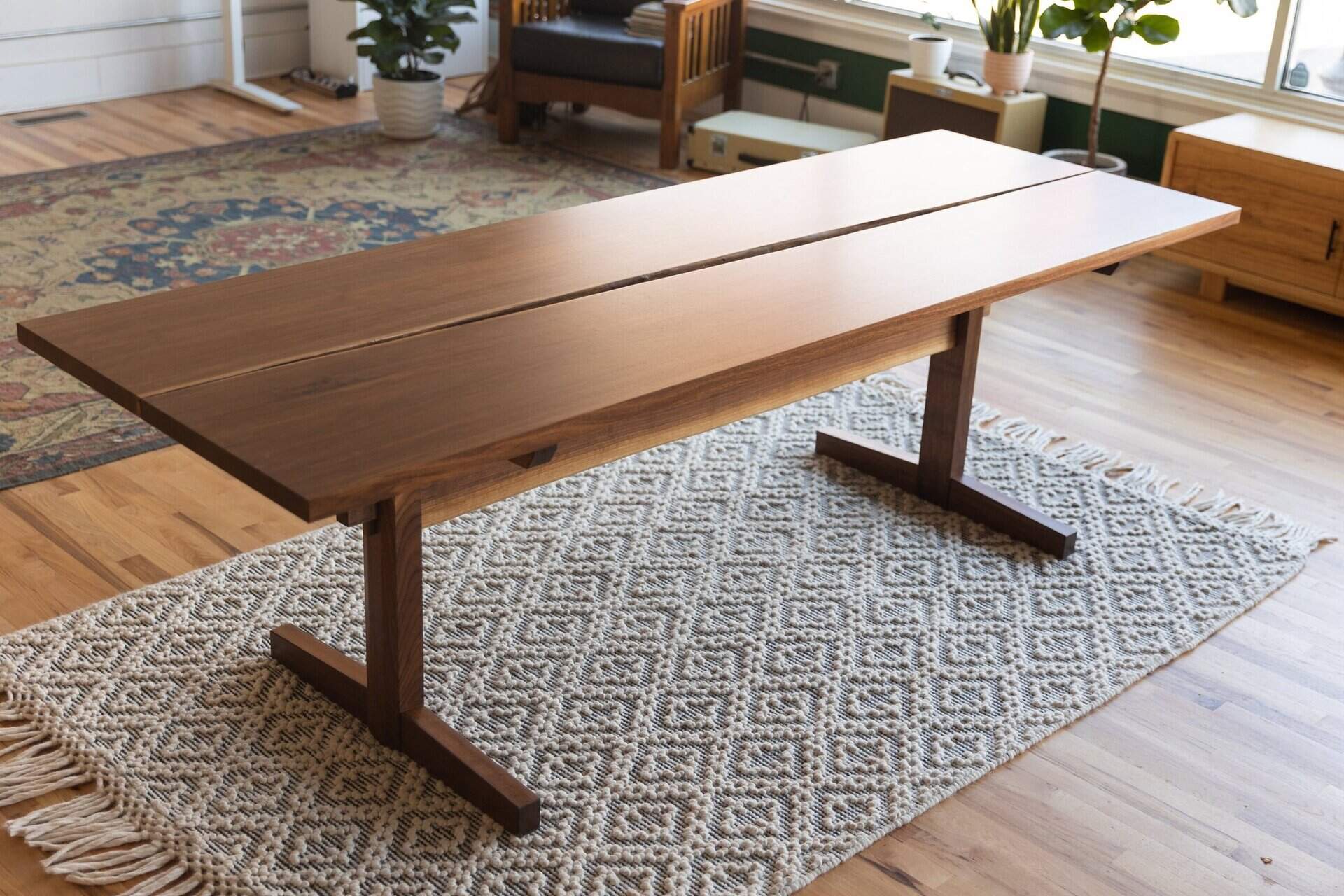
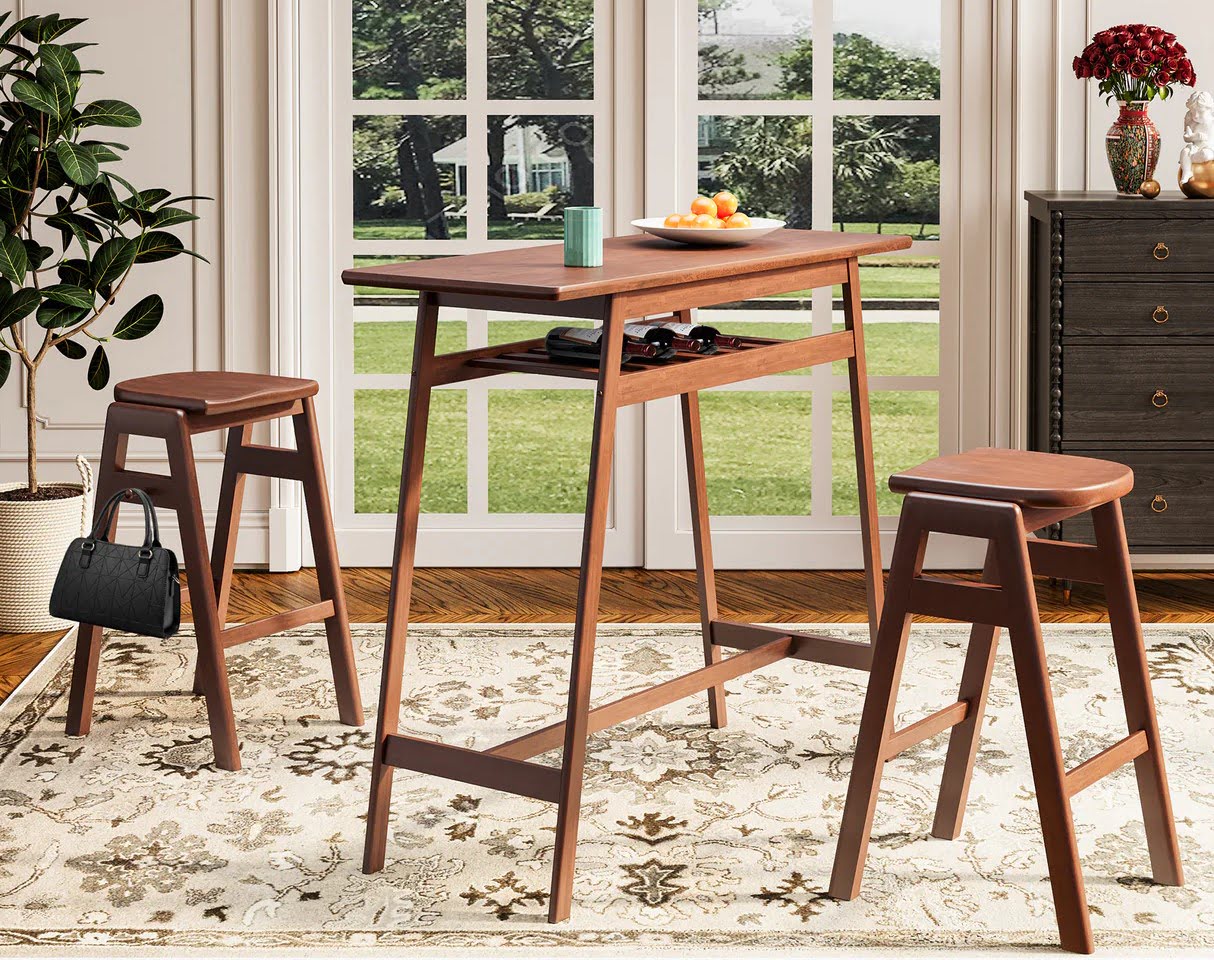
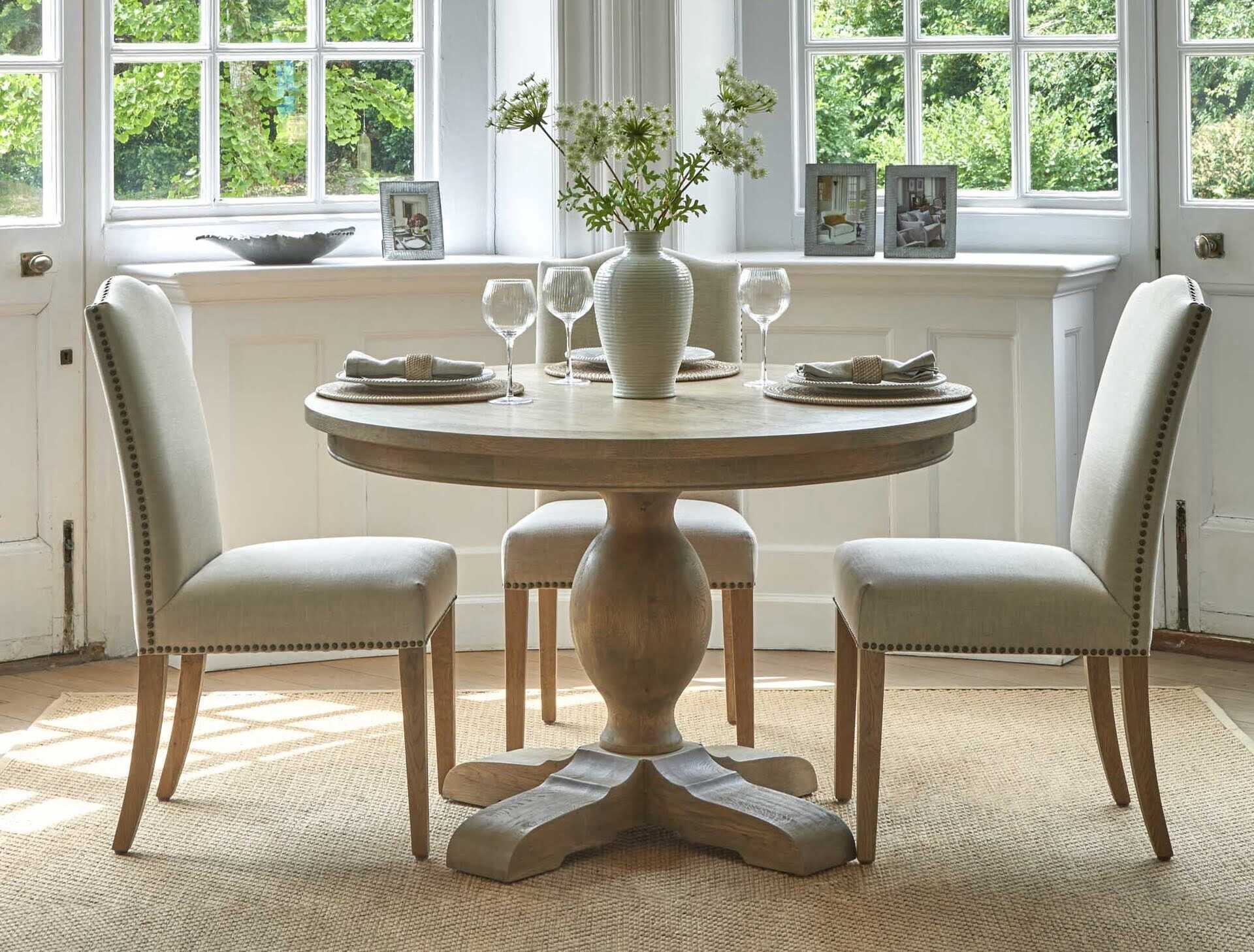
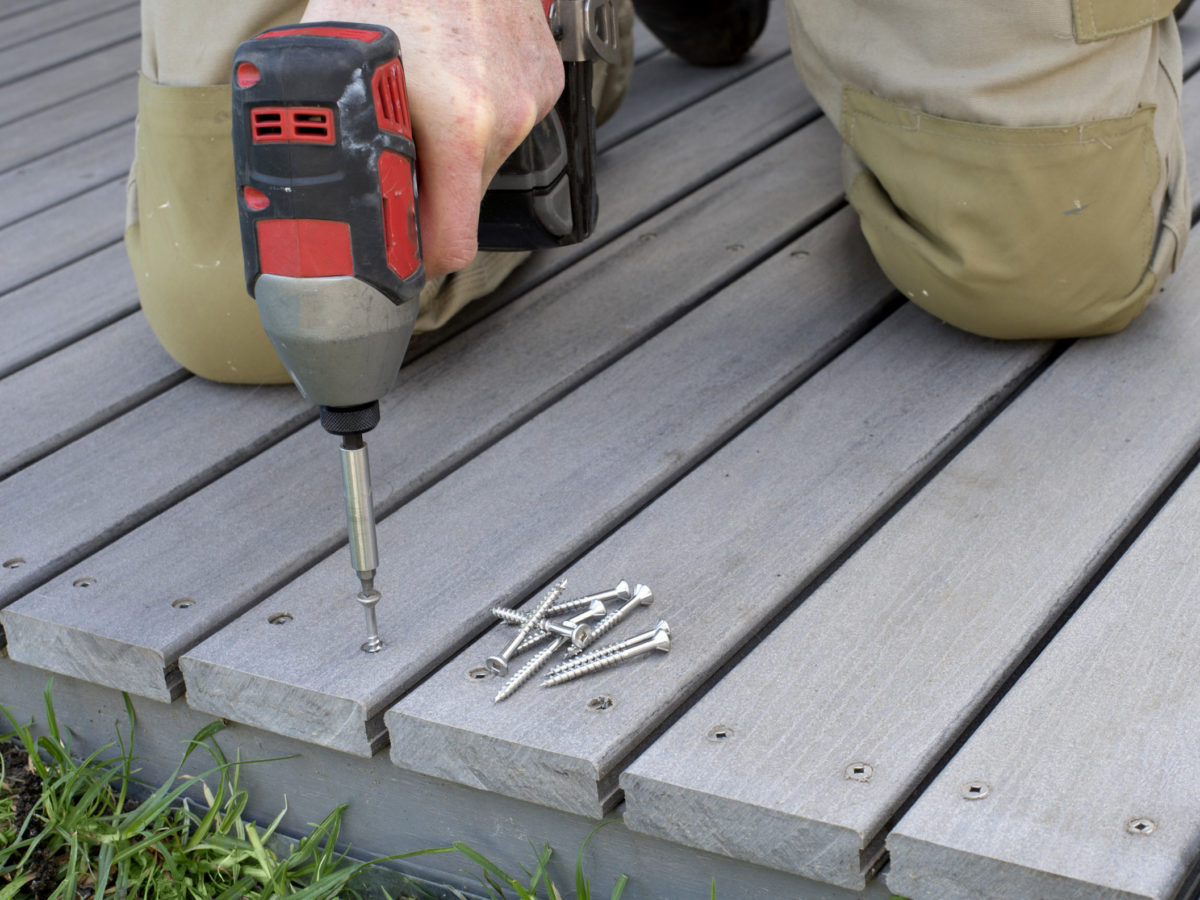
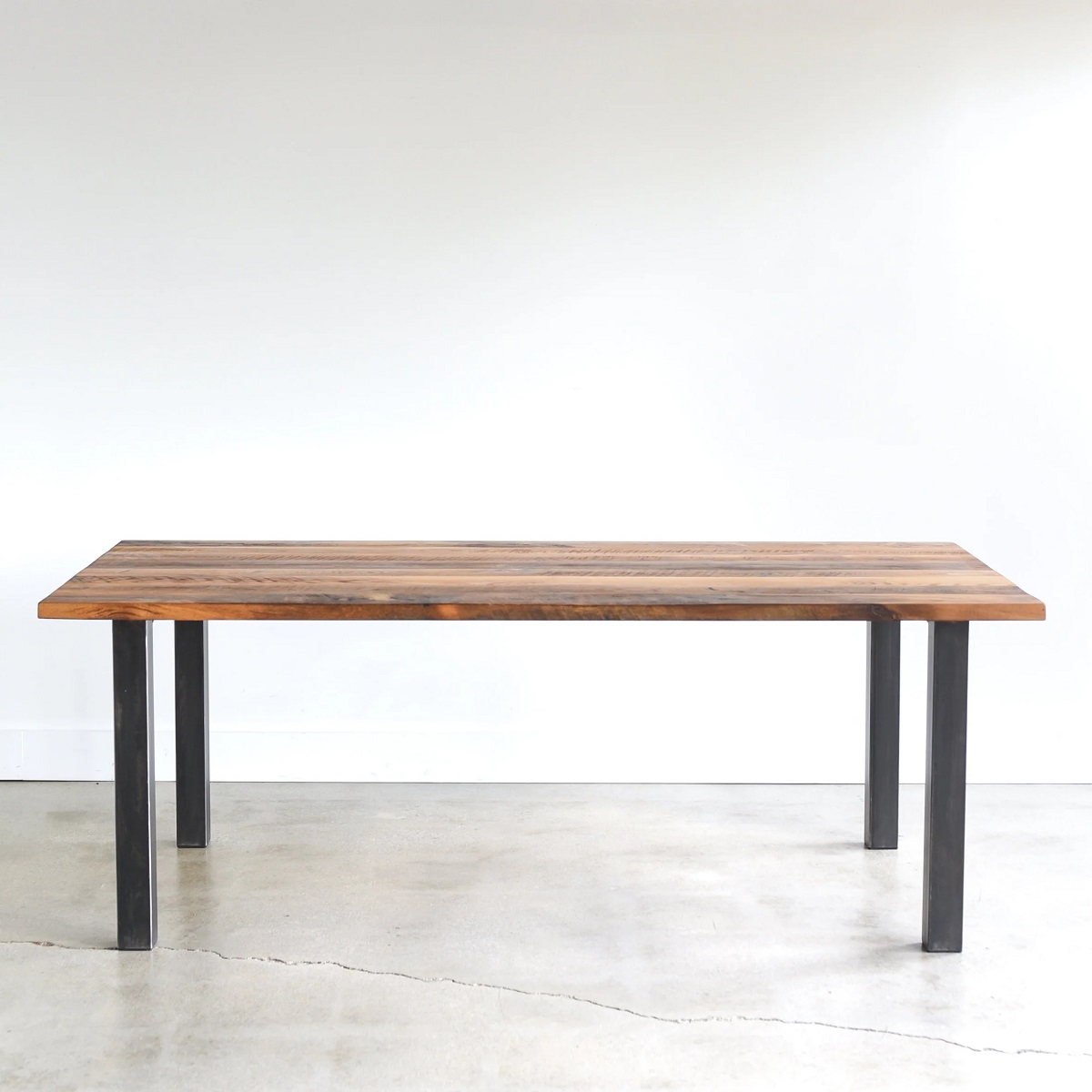
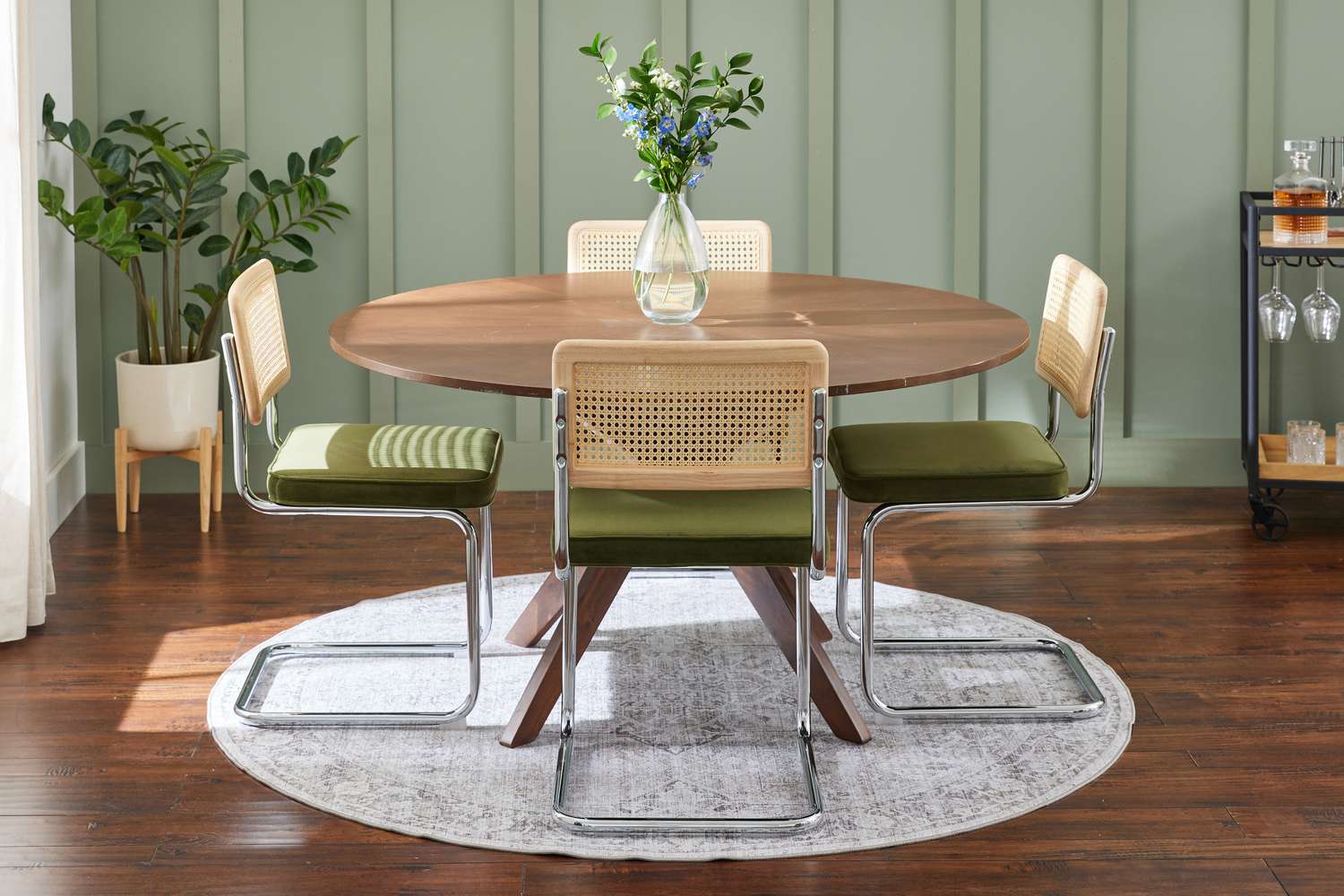
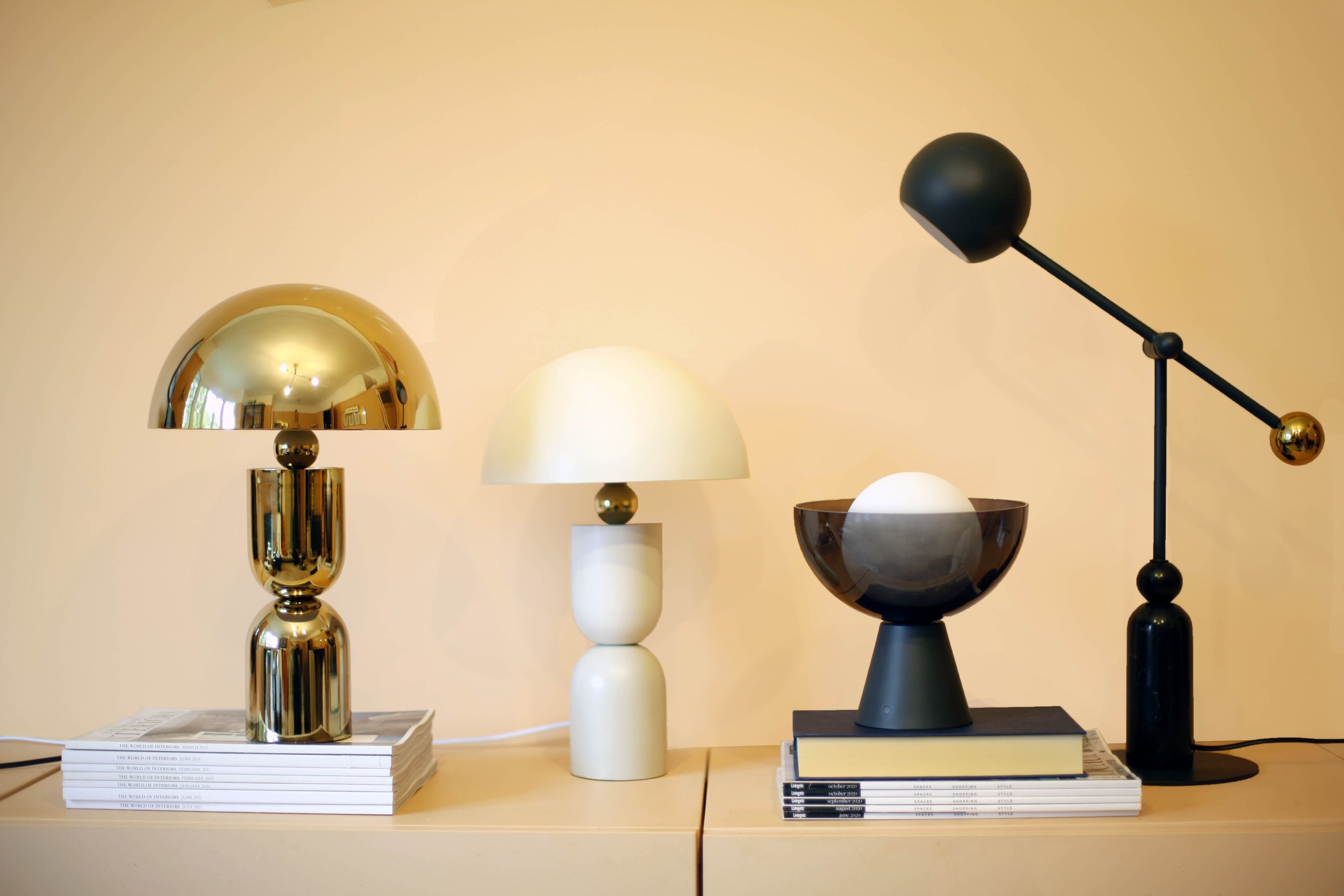

0 thoughts on “What Type Of Screws Are Used To Attach Legs Of A Queen Anne Style Table?”